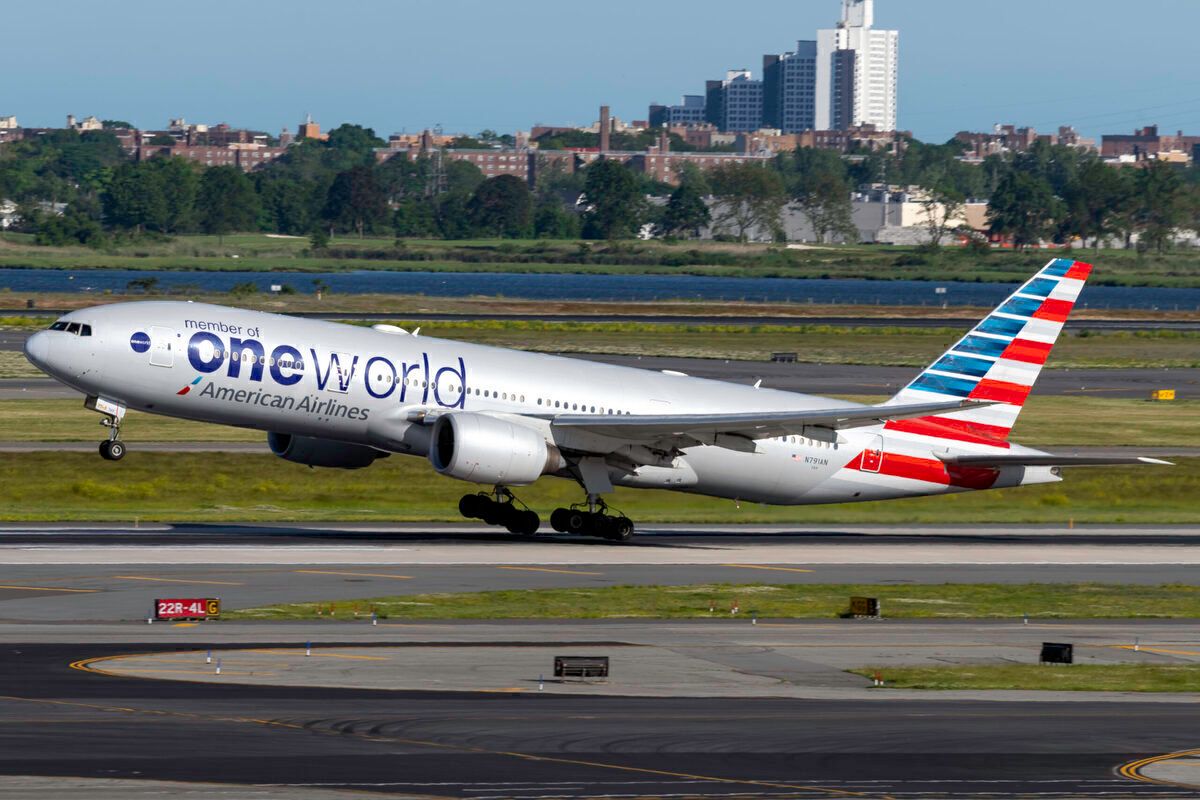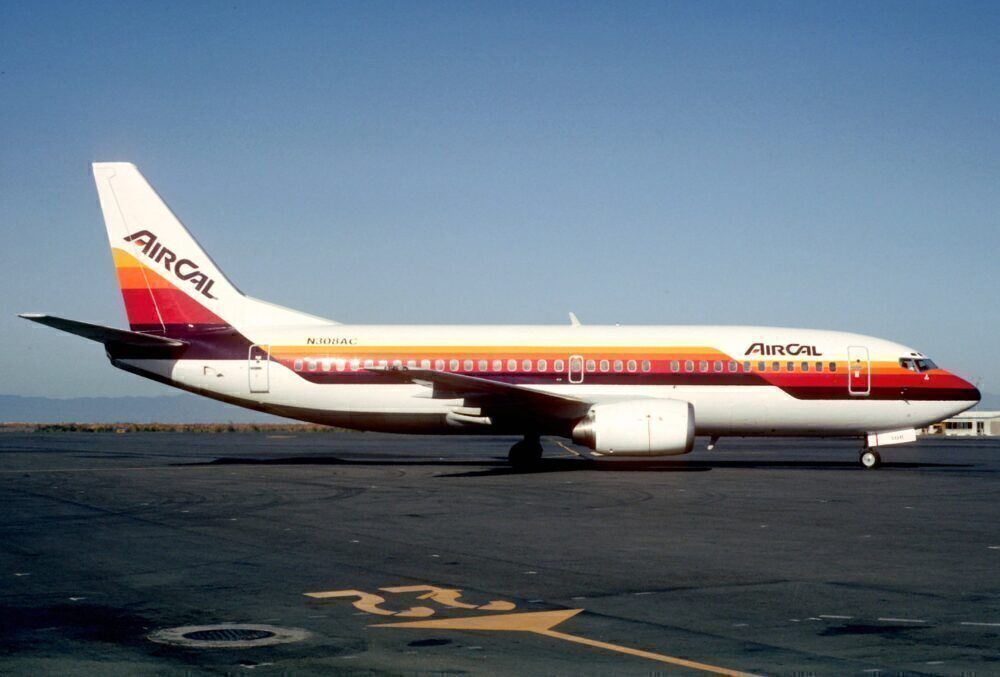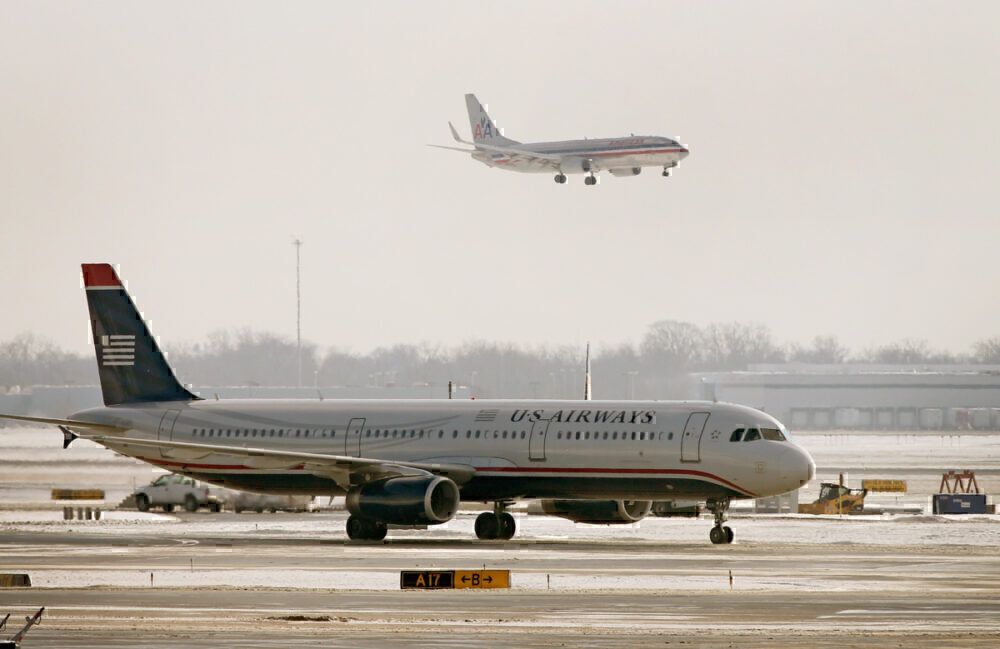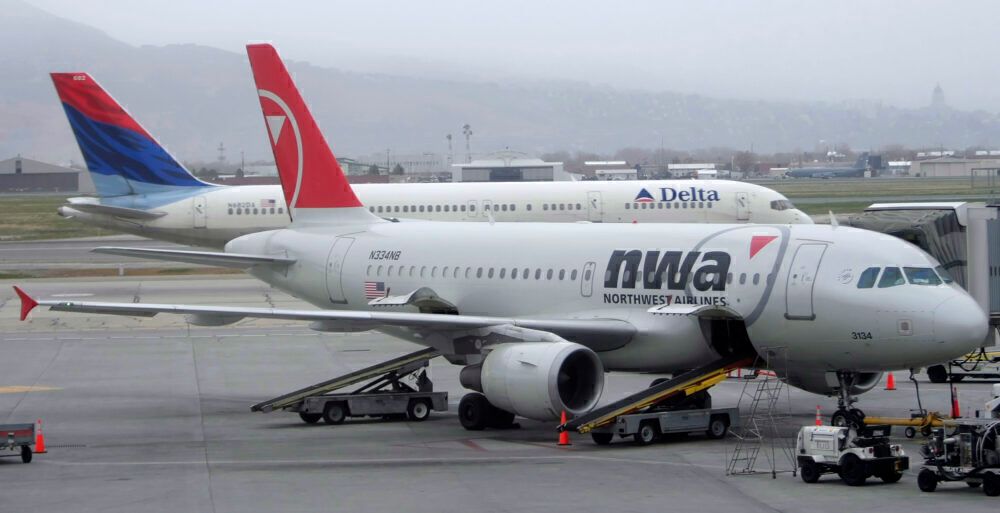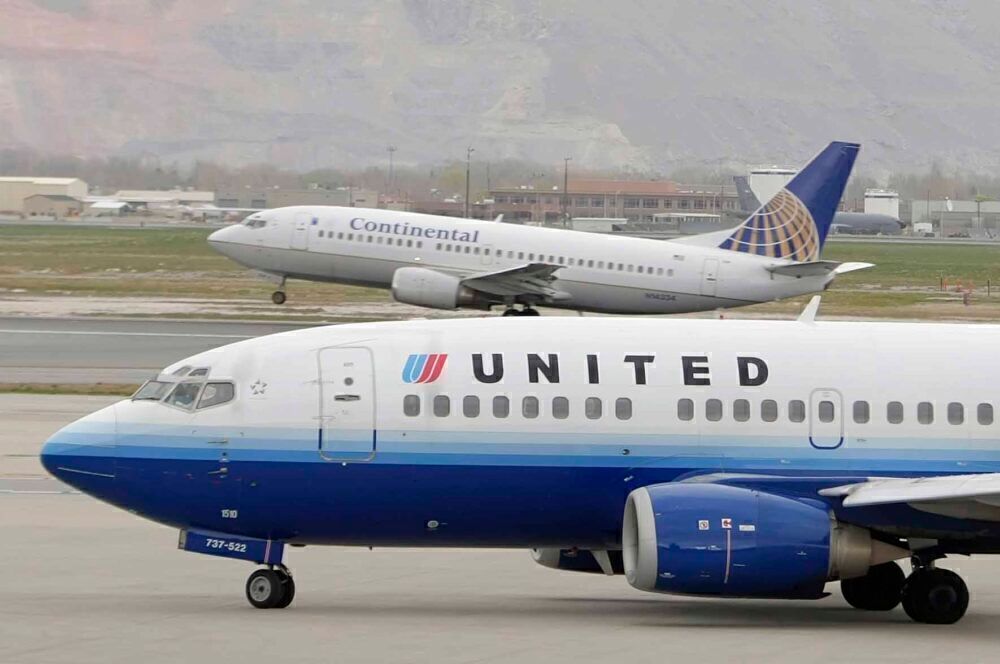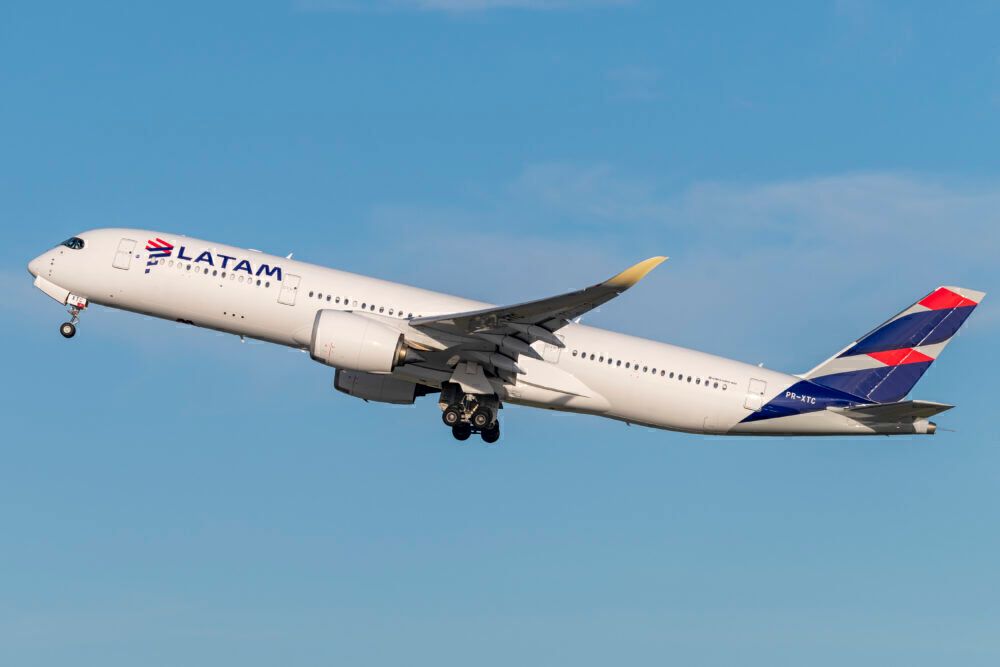Profitable and extensive consolidation, particularly in North America, has created some of the world's largest commercial carriers over the past two decades. But the story of airline mergers and acquisitions dates back much further. Let's take a look at some of the more impactful events over the years and how they have shaped today's aviation landscape.
The making of American Airlines
The world's largest airline has a 90-year long history stretching back to April 15th, 1926, when Charles Lindberg flew its first flight from St. Louis, Missouri, to Chicago, Illinois - carrying mail. The airline's founder, C.R. Smith, collaborated on the design of the DC-3, and AA began carrying passengers in 1934.
American's first acquisition came in 1971 when it purchased Trans Caribbean Airlines, which allowed it to expand its network to the Caribbean. At the time of the merger, Trans Caribbean was operating a fleet of Douglas DC-4, DC-6, DC-8s, and Boeing 727s to six destinations from Newark, JFK, and Washington DC Dulles International Airport.
It wasn't until 1987 that American closed on its second merger, acquiring West Coast regional carrier Air California. At the time of the merger, AirCal served 16 destinations in the US and one transborder to Vancouver with a fleet of mostly Boeing 737s.
In 1990 American took over Eastern Airlines' route network from Miami to Latin America and the Caribbean, and in 1997 it acquired Nevada-native Reno Air. However, the mergers that were to make the biggest contribution to the American Airlines as we know it came on this side of the 00-mark.
Stay informed: Sign up for our daily and weekly aviation news digests.
American's expansion since 2000
In 2001, American Airlines announced that it was buying Trans World Airlines in what was to become the first high-profile merger. In operation since 1930, TWA's fleet at the time of the merger with AA counted 30 Boeing 717s, 27 Boeing 757s, 22 Boeing 767s, 65 McDonnell Douglas MD-83s, 38 MD-82s, and 8 MD-81s.
TWA also came about from a series of mergers in the early years of US aviation in the 1920s and 30s. It had also acquired Ozark Airlines and its fleet of McDonnell Douglas jets. However, years of bad management, labor disputes, and bankruptcy filings had left TWA in a poor position.
In 2013, American merged with another of America's oldest airlines, US Airways, and created the world's largest carrier. At the time, US Airways was operating flights to 193 destinations in 24 countries with a fleet consisting of 344 aircraft. US Airways had itself merged with America West Airlines with a fleet of 132 planes in 2005.
Not surprisingly, as American had 970 aircraft with the mainline carrier, there was staunch opposition against the merger. The US Department of Justice even launched a lawsuit to block the deal. In the end, the merger was allowed to go through certain conditions, such as giving up slots at Washington Reagan National and LaGuardia.
Delta culminating with Northwest merger
American Airlines did not have a monopoly on heavy-hitting consolidations. From its beginnings in 1924 as a plane manufacturer subsidiary called Huff Daland Dusters to becoming the world's largest airline in terms of revenue in 2019, Delta Air Lines has made its share of deals, scooping up compatriot carriers along the way.
In 1972, Delta purchased Boston-based Northeast Airlines. The carrier served close to 60 destinations domestically and to Canada and the Caribbean with a fleet consisting of both turboprops and jet engine aircraft. Fifteen years later, Delta merged with California-based Western Airlines, which in turn had joined with Pacific Northern in 1970.
In 1991 Delta purchased Pan Am's European routes. However, it was the merger with major carrier Northwest Airlines in 2010 that made it into the world's largest airline at the time. At the time of the merger with Delta, Northwest was operating flights to 250 destinations with hubs in Detroit, Memphis, Minneapolis/Saint Paul, and Amsterdam, as well as both Tokyo Haneda and Narita. When including freighters, the airline brought 320 aircraft to the table.
United and Continental
All big three US carriers have briefly held the position of the world's largest airline as a result of a merger. For United Airlines, that came in 2012, when it acquired Continental Airlines. By the time it was bought by United, Continental's mainline carrier had a fleet of 348 Boeing aircraft and served 140 destinations.
However, to get to the point where such a merger was obtainable, United had previously purchased much of Pan Am's operations. In 1985, 1990, and 1991, respectively, the airline bought Pan Am's entire Pacific Division, routes to London Heathrow, and the entire Latin American Division.
Southwest
The world's largest low-cost carrier also came about through a series of mergers. Southwest, currently with a fleet size of 734 Boeing 737s, acquired David Neeleman alumni Morris Air for over $120 million in stock in 1993 after only one year of the latter being active. In 2010, Southwest purchased AirTran Airways, which at the time served 69 destinations with an all-Boeing fleet of 140 jets.
LATAM
It was not only in North America that mergers shifted the commercial airline landscape in the 2010s. In 2012, major Latin American carriers TAM of Brazil and LAN of Chile joined together to form LATAM. The largest airline in Latin America, it now has subsidiaries in Brazil, Colombia, Ecuador, Paraguay, and Peru, with its headquarters in Chile with a fleet of 292 aircraft.
“It’s much easier to be alone than to have a partner but times have changed. Things are much more complicated now,” Enrique Cueto, LAN’s Chief Executive, told the Financial Times when the merger was announced. He further stated that the parties had met for at least 20 times to discuss the proposition over the previous five years.
Could Europe be up for consolidation?
On the other side of the Atlantic, Air France and KLM joined forces in 2004 to form the third-largest operator in Europe. While the Lufthansa Group (comprising Lufthansa, Austrian Airlines, SWISS, Brussels Airlines, and Eurowings) is larger as a whole, its individual airlines have less market share than the Franco-Dutch collaboration.
Meanwhile, tensions abound at Air France-KLM as both governments struggle to gain more influence over how their tax money state-support packages will be spent.
Some industry voices believe that we could see more consolidation in Europe in the years to come, as some smaller airlines might not make it out on the other side of the crisis. Unless one of the major airlines fail, or IAG or Lufthansa Group decide to bring all their carriers in under one brand, it is hard to see how they could come close to the behemoth unions on the other side of the Atlantic.

